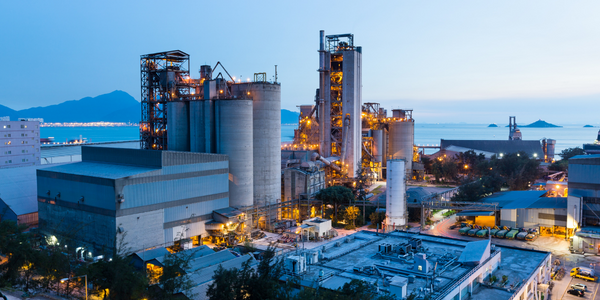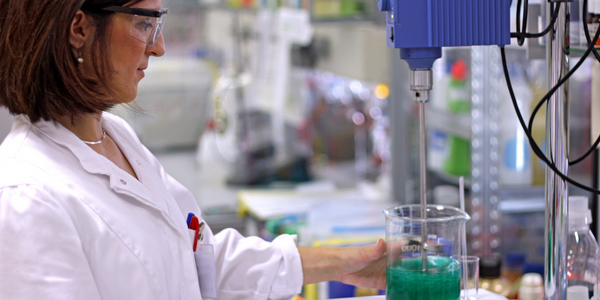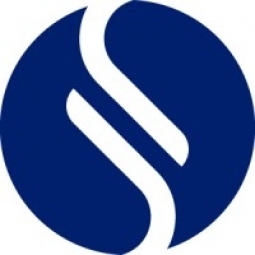公司规模
Large Corporate
国家
- Worldwide
产品
- GaBi Software
技术栈
- Life Cycle Assessment
实施规模
- Enterprise-wide Deployment
影响指标
- Environmental Impact Reduction
- Brand Awareness
- Customer Satisfaction
适用行业
- 化学品
适用功能
- 产品研发
- 质量保证
服务
- 数据科学服务
- 系统集成
关于客户
The Zircon Industry Association (ZIA) is an independent industry association for the entire zirconium value chain, from zircon sand production to a wide range of downstream products, including zircon flour, opacifiers, refractory materials, friction materials, fused zirconias and zirconium chemicals, metal and alloys. The ZIA’s mission is to represent and support the interests of the zircon, zirconia and zirconium value chains worldwide. ZIA members currently represent some 80% of the globally-produced zircon tonnage.
挑战
The Zircon Industry Association (ZIA) needed a way to conduct Life Cycle Assessment (LCA) in line with the most recognized and up-to-date methodologies and using industry-specific data. They wanted to use LCA as a strategic tool for zircon producers to benchmark with industry averages and to set continuous improvement goals. They also wanted to provide an informed supply chain with an accurate and independently-verified LCA, clearly showing that the very low environmental burden of zircon makes it the preferred choice as far as life cycle environmental performance is concerned. This would help to underpin ZIA member companies’ sustainability profile and provide additional communication opportunities throughout the value chain, including building designers and users of ceramic tiles.
解决方案
Sphera provided LCA consultancy services using reliable, representative industry-specific data, supported by its GaBi Software and datasets. They developed a specific LCA model and methodology for comparing zircon and alternative products. They identified hotspots and suggested improvement strategies. They also provided support to the independent review panel of LCA experts, guidance for developing a robust, credible and accurate LCI dataset, and support with publication of the LCI and communication of the LCA outcomes.
运营影响
数量效益

Case Study missing?
Start adding your own!
Register with your work email and create a new case study profile for your business.
相关案例.

Case Study
Honeywell - Tata Chemicals Improves Data Accessibility with OneWireless
Tata was facing data accessibility challenges in the cement plant control room tapping signals from remote process control areas and other distant locations, including the gas scrubber. Tata needed a wireless solution to extend its control network securely to remote locations that would also provide seamless communication with existing control applications.

Case Study
Advanced Elastomer Systems Upgrades Production
In order to maintain its share of the international market for thermoplastic elastomers AES recently expanded its Florida plant by adding a new production line. While the existing lines were operating satisfactorily using a PROVOX distributed control system with traditional analog I/O, AES wanted advanced technology on the new line for greater economy, efficiency, and reliability. AES officials were anxious to get this line into production to meet incoming orders, but two hurricanes slowed construction.
Case Study
Wireless GPS Tracking & Security Monitoring
Enhancing the security of hazardous freight and ensuring compliance with Homeland Security’s Transportation Security Administration mandate that all trains carrying chemicals capable of creating a toxic inhalation condition are equipped with on-board safety monitoring systems.

Case Study
Field Device Asset Management For Chemical Company in China
Chinese chemical subsidiary of multinational corporation serves customers throughout the world. Sales offices and research and technology centers are strategically located to provide rapid response to customer requests. Just two workers were assigned to maintain thousands of intelligent instruments in three production units, so they could do little more than react to device issues as they appeared. This costly maintenance method inevitably led to unexpected downtime when a critical instrument failed. Plant management recognized the need to change from reactive to predictive maintenance for all assets, including instruments and control valves, but help was needed in implementing such a technology-based initiative.

Case Study
Industrial Workforce Mobility for Improved Safety & Operations
Huntsman Corporation, a global manufacturer and marketer of differentiated chemicals, undertook an aggressive program to eliminate injuries, product defects, and environmental releases at their Port Neches facility. Termed “Project Zero”, this program required a completely mobile solution to empower operations and maintenance personnel to capture defects, track work progress and make process and safety related decisions in real-time.








